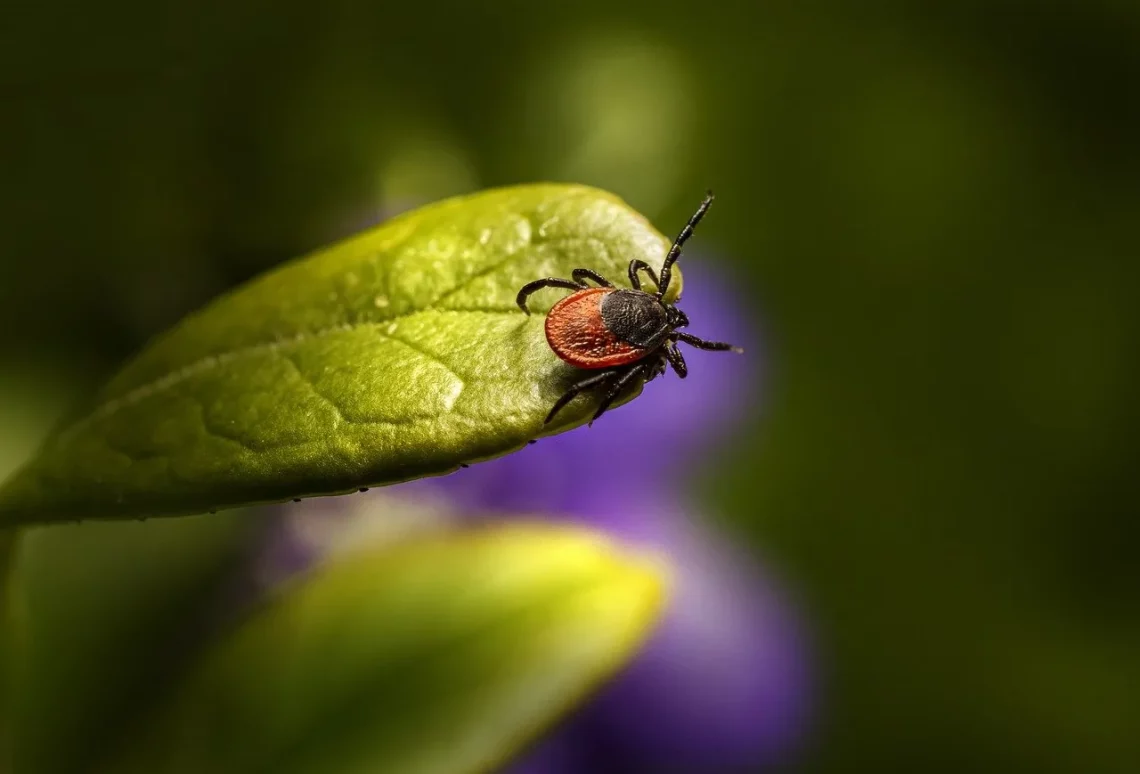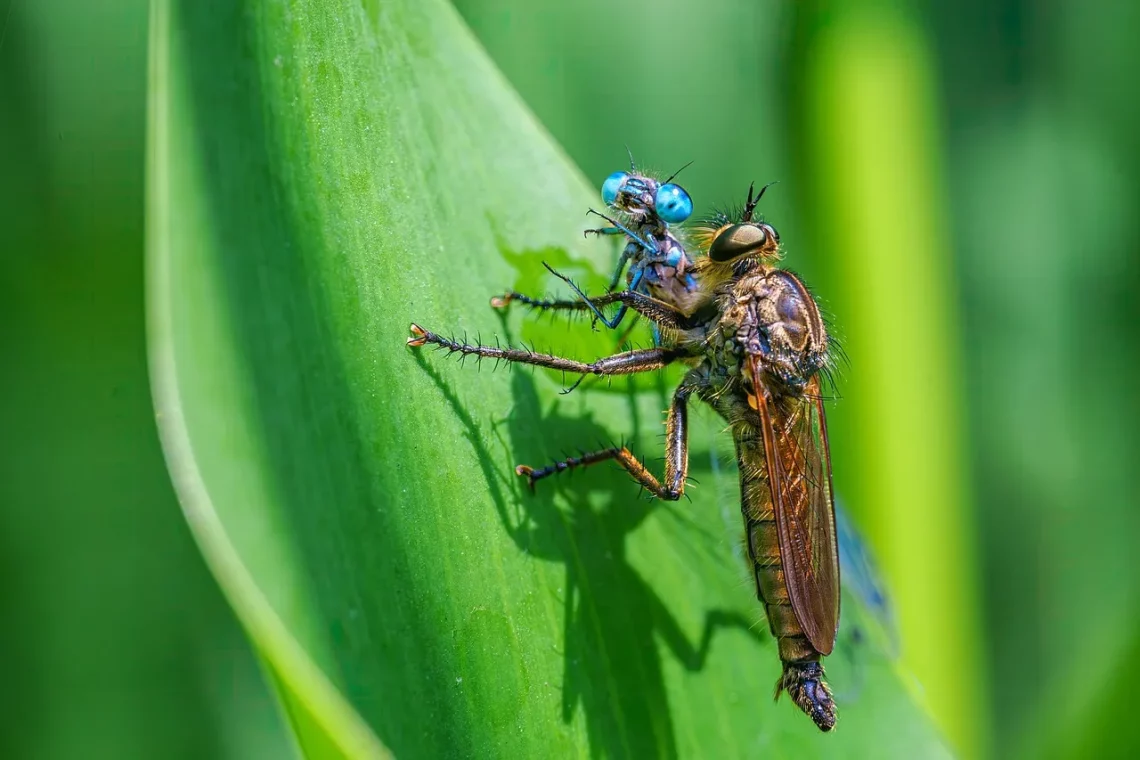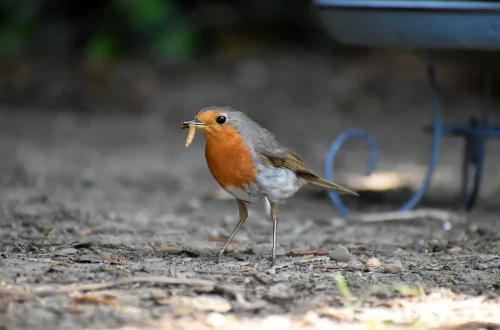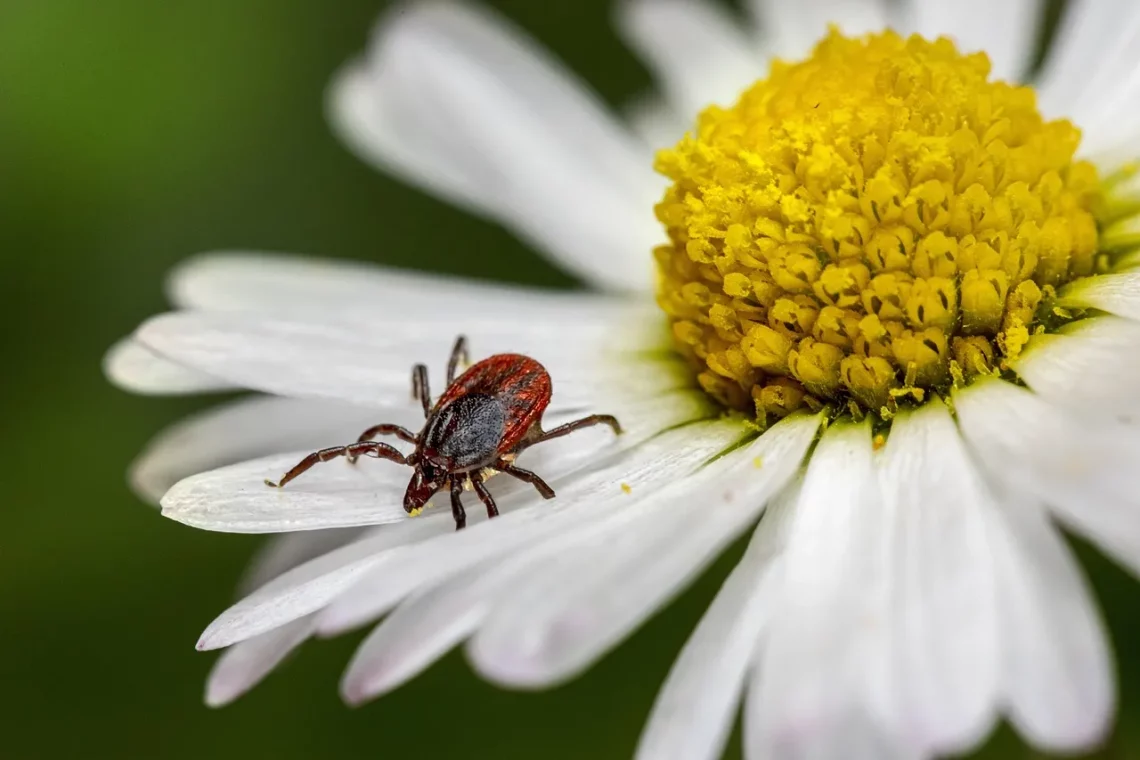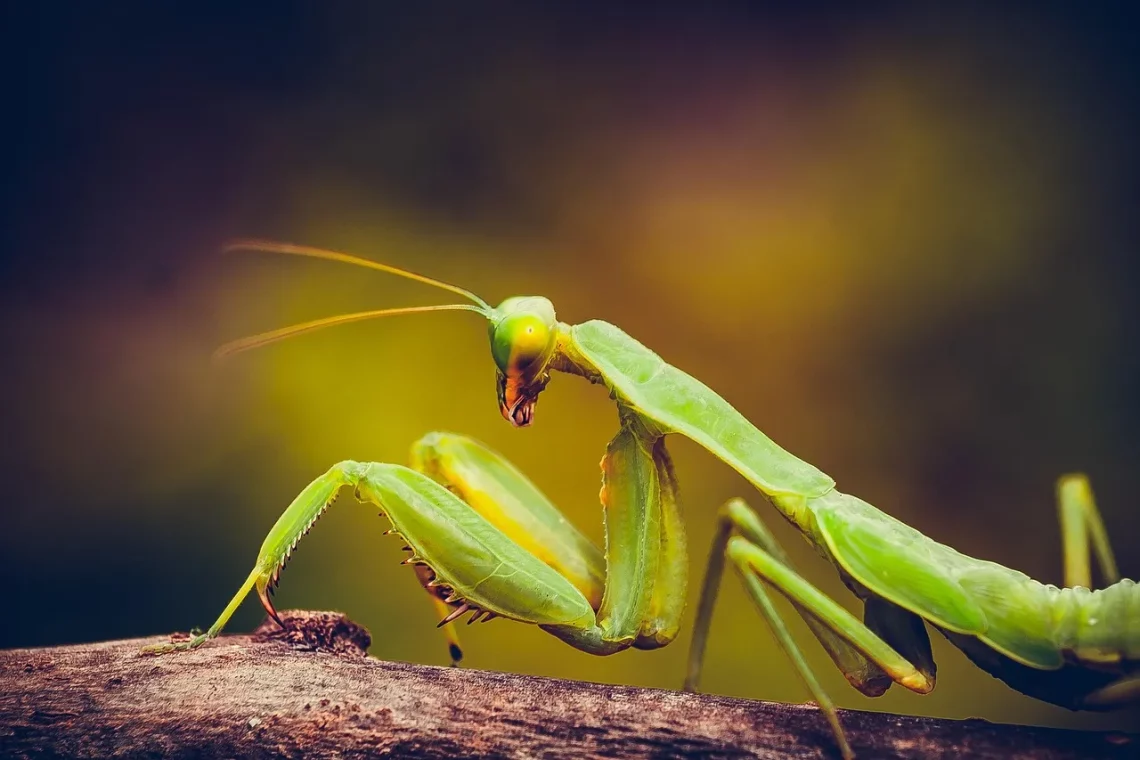-
The Fascinating World of Cocoa Rats: Nature’s Unique Rodents
Cocoa rats, often overlooked in the vast tapestry of the animal kingdom, are fascinating creatures that bring unique characteristics and behaviors to the forefront of biological study. These small rodents, native to certain tropical regions, have garnered attention not only due to their peculiar name but also because of their intriguing ecological roles. Cocoa rats are often found in association with cocoa plantations, leading to a unique symbiotic relationship with the cocoa trees. This connection has sparked interest among ecologists and conservationists alike, as understanding the life of cocoa rats can shed light on the health of their ecosystems. As they scurry through the undergrowth and climb trees, cocoa rats…
-
Understanding Tick Longevity Without a Host: Lifespan Insights
Ticks are small arachnids that play a significant role in the ecology of many ecosystems. Despite their diminutive size, they have a substantial impact on wildlife and human health due to their ability to transmit various diseases. Understanding ticks and their behavior, particularly their lifespan without a host, can provide valuable insights into their biology and ecology. Ticks require a host to feed and reproduce, but they have evolved various strategies to survive during periods when hosts are unavailable. This adaptability allows them to thrive in diverse environments, from forests to urban areas. Their resilience is partly due to their ability to enter a state of dormancy, which can extend…
-
Unexpected Encounters: Nature’s Wonders in the Animal Kingdom
The animal kingdom is a realm brimming with mystery and wonder, where life unfolds in various forms, each uniquely adapted to its environment. From the depths of the oceans to the heights of the mountains, nature showcases a tapestry of behaviors, traits, and interactions that often defy our expectations. Whether it’s the intricate mating rituals of birds or the surprising friendships formed between unlikely species, these unexpected encounters serve as reminders of the rich complexity of life. As we delve into the world of animal interactions, we find that nature is not only about survival but also about relationships—sometimes heartwarming, sometimes astonishing. These encounters challenge our perceptions and deepen our…
-
How Long Can Fish Survive Without Eating? Exploring Their Limits
Fish are remarkable creatures that inhabit a variety of aquatic environments, from the deepest oceans to the shallowest ponds. Their ability to thrive in such diverse conditions is a testament to their adaptability and evolutionary success. However, one fascinating aspect of fish biology is their feeding habits and how long they can survive without food. Unlike mammals, which have a more consistent need for sustenance, fish can display a range of survival strategies that allow them to endure periods of starvation. Understanding the limits of how long fish can go without eating is not only crucial for aquarists and fish enthusiasts but also sheds light on their natural behaviors in…
-
The Fascinating World of Bat Light: Nature’s Nighttime Wonders
The world of bats is often shrouded in mystery and misconceptions, yet these remarkable creatures play a vital role in our ecosystems. As the only flying mammals, bats are equipped with unique adaptations that allow them to thrive in the dark, navigating and hunting with extraordinary precision. One of the most fascinating aspects of their behavior is how they interact with light, particularly during nighttime outings. While many people may think of bats as creatures to be feared, they are actually beneficial to our environment, pollinating plants and controlling insect populations. The contrast between their enigmatic nature and their essential ecological functions paints a vivid picture of the complexity of…
-
Exploring the Diet of the Red Eyed Tree Frog: What Do They Eat?
The Red Eyed Tree Frog, known for its vibrant green body and striking red eyes, is one of the most iconic amphibians found in Central and South America. These fascinating creatures are not only visually captivating but also play a critical role in their ecosystems. As nocturnal hunters, they exhibit a range of intriguing behaviors and adaptations that allow them to thrive in their natural habitats. The lush, humid rainforests and wetlands where they reside provide an abundance of food sources that support their dietary needs. Understanding the diet of the Red Eyed Tree Frog is essential for appreciating its ecological role and conservation status. These frogs primarily consume a…
-
Can Ticks Survive in Water? Exploring Their Habitat and Behavior
Ticks are small arachnids that belong to the class of arachnids, closely related to spiders and mites. Despite their diminutive size, these creatures have gained notoriety as vectors of various diseases, including Lyme disease and Rocky Mountain spotted fever. Their life cycle includes several stages—larvae, nymphs, and adults—and they rely on a host for blood meals at each stage to grow and reproduce. Ticks are often found in grassy or wooded areas, where they can easily latch onto passing animals or humans. The survival strategies of ticks are fascinating, particularly when it comes to their resilience in different habitats. One of the most intriguing questions that arise is whether ticks…
-
Understanding Mantis Egg Cases: Nature’s Intriguing Survival Strategy
The natural world is filled with remarkable strategies and adaptations that ensure the survival of various species. Among these are the fascinating egg cases of the mantis, a creature that has captivated the interest of entomologists and nature enthusiasts alike. These structures, often referred to as oothecae, serve as protective capsules for the mantis eggs, showcasing the intricate relationship between organisms and their environments. The design and functionality of these egg cases not only speak to the resilience of the mantis but also highlight broader themes of survival in the animal kingdom. The mantis, often recognized for its predatory prowess and unique physique, employs these egg cases as a crucial…
-
The Fascinating World of Caterpillar Paws and Their Unique Functions
The world of caterpillars is a realm filled with intrigue, showcasing a variety of adaptations that allow these fascinating creatures to thrive in their environments. As the larval stage of butterflies and moths, caterpillars are often overlooked in the grand scheme of the insect world, yet they play a crucial role in the ecosystem. These soft-bodied creatures may not seem particularly fearsome, but they possess a plethora of unique features that aid in their survival. Among these features, the structure and function of their “paws” stand out as particularly interesting. Caterpillars, equipped with multiple pairs of legs, exhibit a remarkable range of behaviors and adaptations. Their legs are not just…
-
Understanding Bull Snot: Myths and Facts About This Unique Substance
Understanding the unique substance known as Bull Snot is essential for anyone interested in the complexities of animal biology and the peculiarities of nature. This viscous material, often associated with bovine species, has intrigued farmers, scientists, and curious minds alike. Bull Snot is not just a casual term; it carries with it a variety of implications about animal health, environmental conditions, and even agricultural practices. The term may evoke a sense of disgust or curiosity, yet it is a natural occurrence that plays a significant role in the life of animals, particularly cattle. This substance serves various functions, including protection and hydration, as well as being a subject of folklore…




